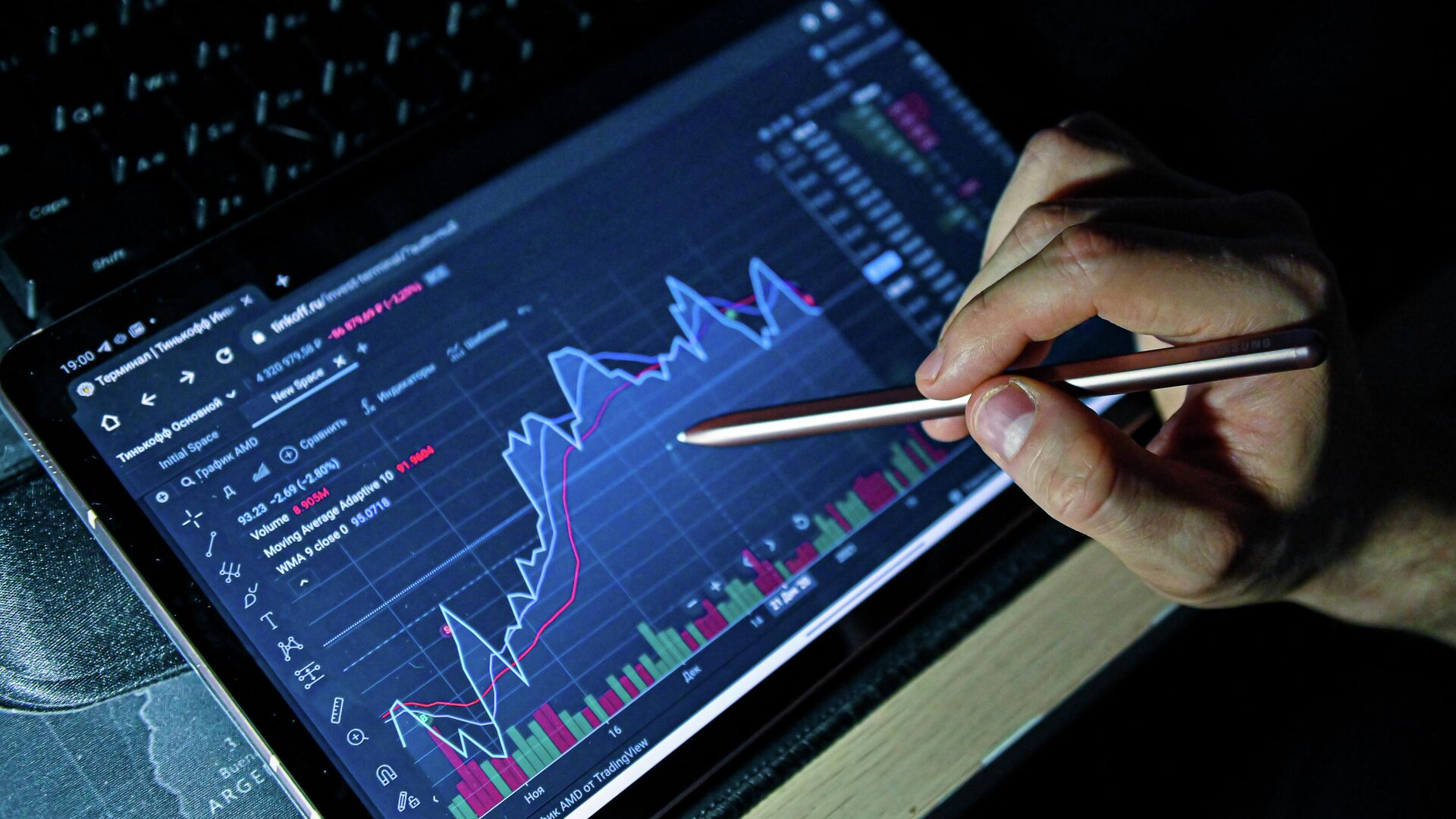In the investment world, futures and options are complex yet potentially profitable instruments. These derivatives are designed for experienced investors and allow them not only to speculate on changes in asset prices to achieve high profits, but also to achieve effective risk management by hedging the portfolio against potential losses.
Basic Concepts and Principles of Futures and Options
Futures and options are complex instruments that allow traders to actively profit from changes in market conditions. In order to work with them, it is essential to understand the core concepts and principles that underlie them. For anyone looking to enter the world of derivatives, it is essential to learn how these contracts work and how they can be used to speculate or hedge risk.
What is a future and how does it work?
 A futures contract is a contract in which a buyer and seller agree to buy and sell an asset in the future at a pre-agreed price. They are often used in the stock market for speculative purposes and to hedge risk. Key features:
A futures contract is a contract in which a buyer and seller agree to buy and sell an asset in the future at a pre-agreed price. They are often used in the stock market for speculative purposes and to hedge risk. Key features:
- Fixed price: Terms are agreed at a predetermined price, which provides protection against market fluctuations.
- Parties’ obligations: Parties must fulfill their obligations regardless of whether the price of the asset has changed at the time of the contract.
Futures allow traders to use leverage, which means that they can trade with capital greater than their own investment. For example, a broker may offer a leverage of 1:10, which allows you to have assets worth 1 million rubles with an investment of just 100,000 rubles.
What is an option and how does it differ from a future?
An option is a contract that gives the right (but not the obligation) to buy or sell an asset in the future at a fixed price. This means that the owner can decide whether to fulfill or terminate the contract, depending on the market situation.
Differences between futures and options:
- A futures contract is the obligation of both parties to complete a transaction at an agreed price.
- An option is the right, but not the obligation, of one party to make a purchase or sale.
For example, if a trader has bought a call option on a company’s stock for 500 rubles with an expiration date in 3 months, he or she can buy these securities at that price even if the market value at the time of execution is 700 rubles. If the price falls, he or she simply refuses to execute the transaction.
Strategies for making money with futures and options
Tools offer numerous opportunities to make money. Knowing the strategies can help you maximize your profits and minimize risks.
Futures Trading Strategies: What to Look for
- Contracts offer a wide range of trading opportunities. Experienced traders develop tactics that not only allow them to make a profit, but also minimize potential losses:
- Trend strategy: Buy futures when the trend is up and sell when the trend is down. Example: If oil prices are expected to rise, a trader buys oil contracts.
- Arbitrage: Taking advantage of price differences in different markets to make a profit. For example, by buying a futures contract on one side and selling it on the other.
- Hedging: Securing current assets against adverse market movements through contracts. For example, a grain producer can buy grain futures contracts to lock in a future price and avoid losses due to falling prices.
Options Trading Strategies: How to Make Money with Flexibility
Options are flexible tools that allow you to develop both simple and complex tactics:
- Buying a call option: betting on an asset’s price to rise. By buying, a trader obtains the right to buy an asset at a fixed price in the future.
- Buying a put option: betting that the price of a certain asset will fall. Thanks to the contract, you can make money if the price falls.
- Straddle: buying call and put options simultaneously to profit from strong market movements in either direction.
Risks of derivatives trading: what should you consider?
Trading in futures and options involves potential risks:
- High volatility: Price changes can be rapid and unpredictable, especially in times of economic instability.
- Margin requirements: Futures require collateral, which can lead to losses. For example, a broker may require additional collateral if there is a significant price movement relative to the position.
- Complexity of calculations: The trader must consider the time value of money, the impact of volatility and other factors, such as the option premium.
What types of futures and options exist?
Depending on the type of underlying asset, instruments are divided into different types:
- Commodity futures: oil, gold, grains and other commodities. Example: Brent crude oil futures with delivery within 6 months.
- Financial futures: on currencies, stocks and bonds. For example, a contract on the exchange rate of dollars against rubles.
- Call and put options: buying or selling assets: a call option on Gazprom shares.
How to trade futures and options: a step-by-step guide for beginners
Trading requires preparation and knowledge. Here is a step-by-step guide for beginners in trading:
- Open an investment account. In order to trade, you need an account with a recognized broker. For example, you can use the services of major players such as Tinkoff Investments or BCS.
- Learn the basic concepts and operating principles. Understand what a contract is, how margin requirements work and what expiration dates mean.
- Develop a business strategy. Without a strategy, trading is like gambling. Choose one of the popular strategies or develop your own. Use a demo account to practice. Many brokers offer the possibility to trade with virtual money. This is a great way to gain experience without the risk of losing real money.
- Start with small amounts. Start with minimal capital to get familiar with the market dynamics and understand how futures and options work.
Conclusion
 Futures and options are instruments that can make you big profits, but also big losses. They require deep insight, the ability to react quickly to market changes and discipline. Not everyone can trade these instruments, but with the right approach it can be an effective way to grow your capital.
Futures and options are instruments that can make you big profits, but also big losses. They require deep insight, the ability to react quickly to market changes and discipline. Not everyone can trade these instruments, but with the right approach it can be an effective way to grow your capital.
 en
en  ru
ru  de
de  ar
ar  es
es  nl
nl  hi
hi  fr
fr  it
it  pt
pt  el
el 



